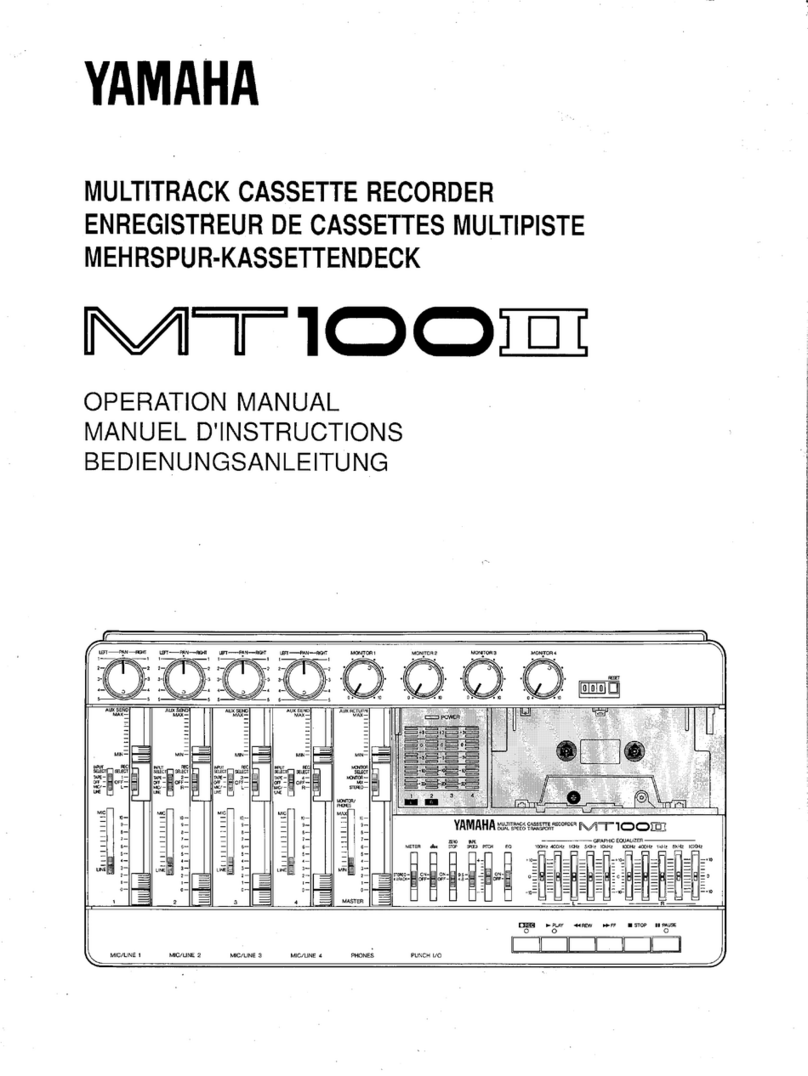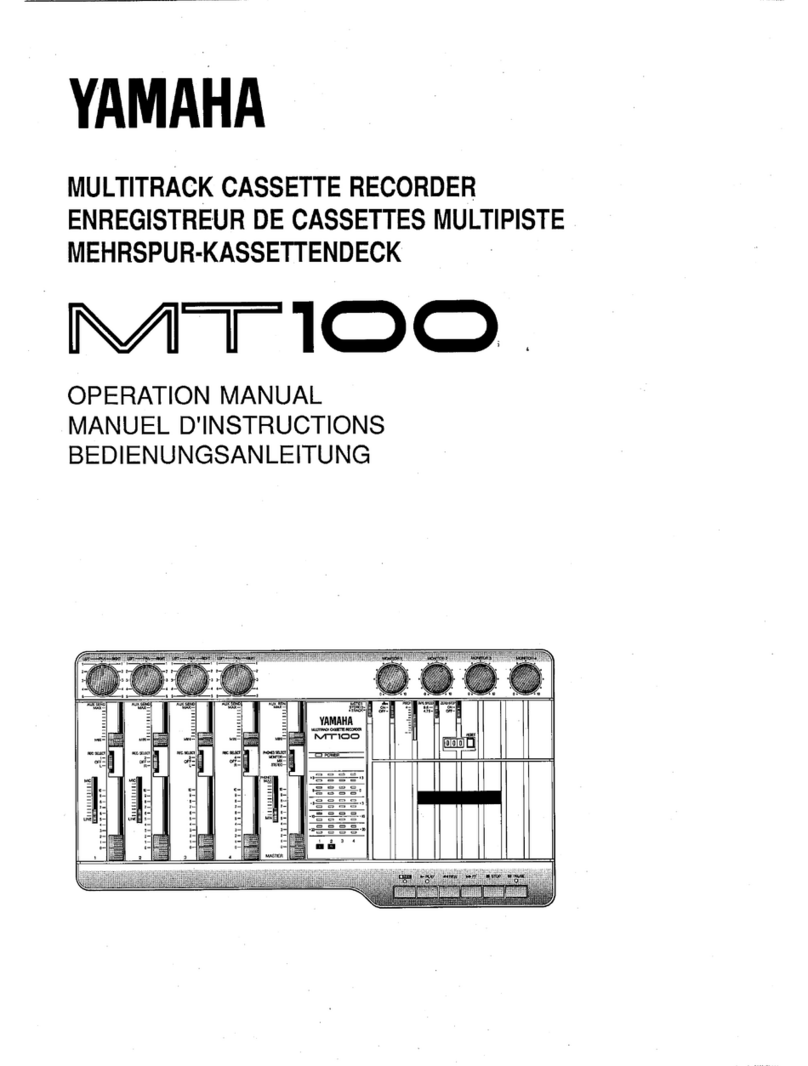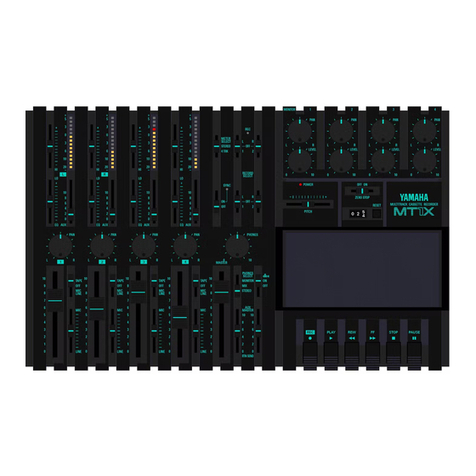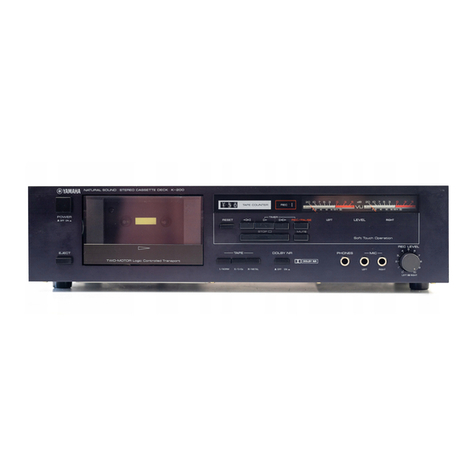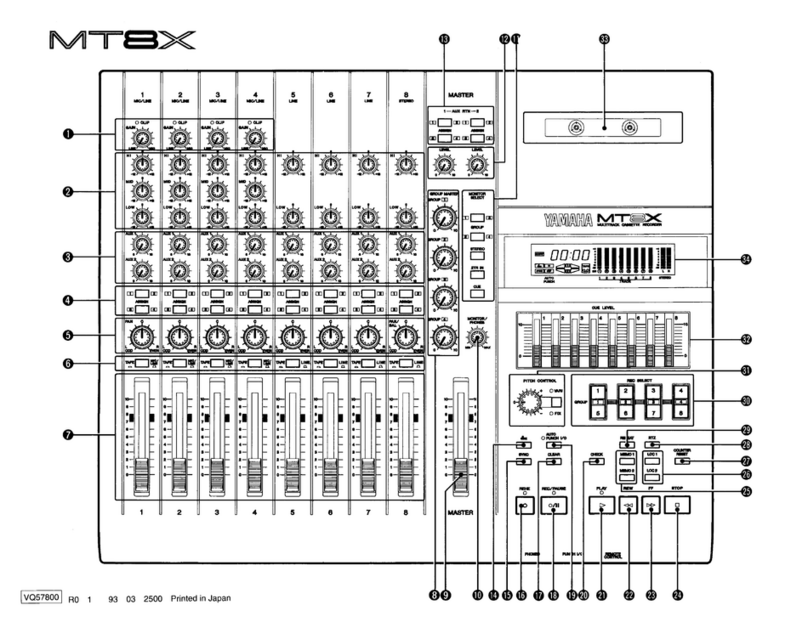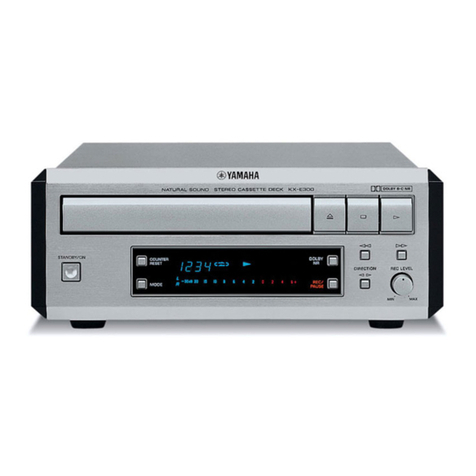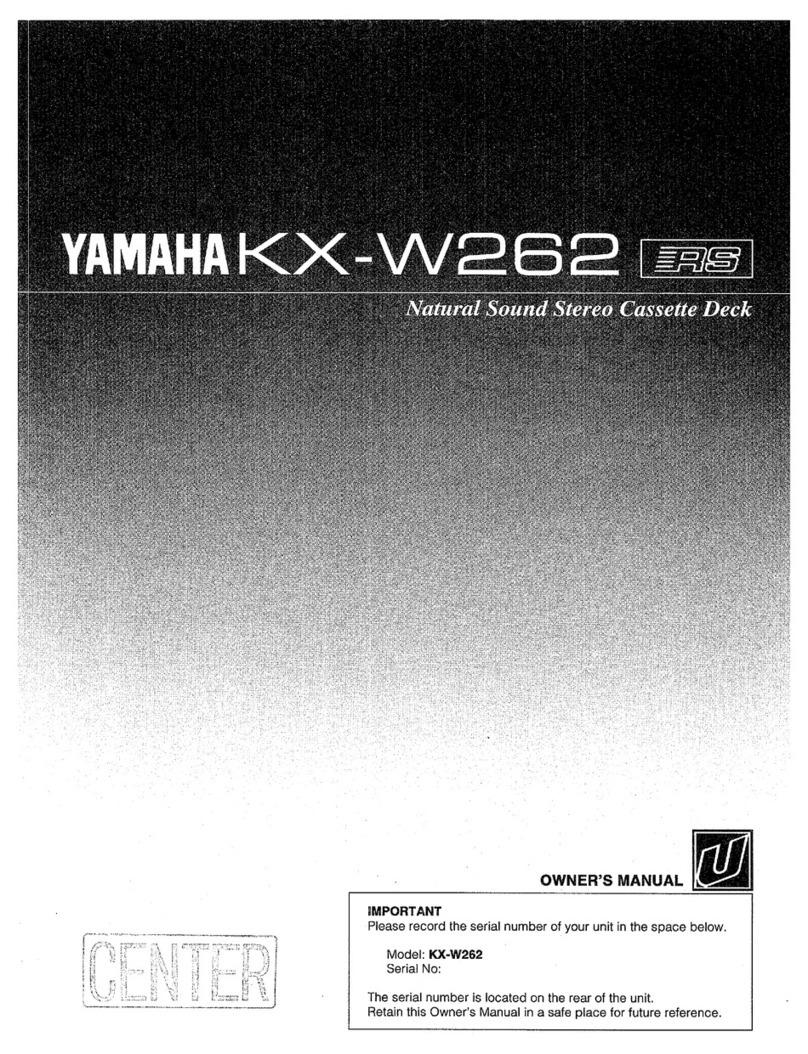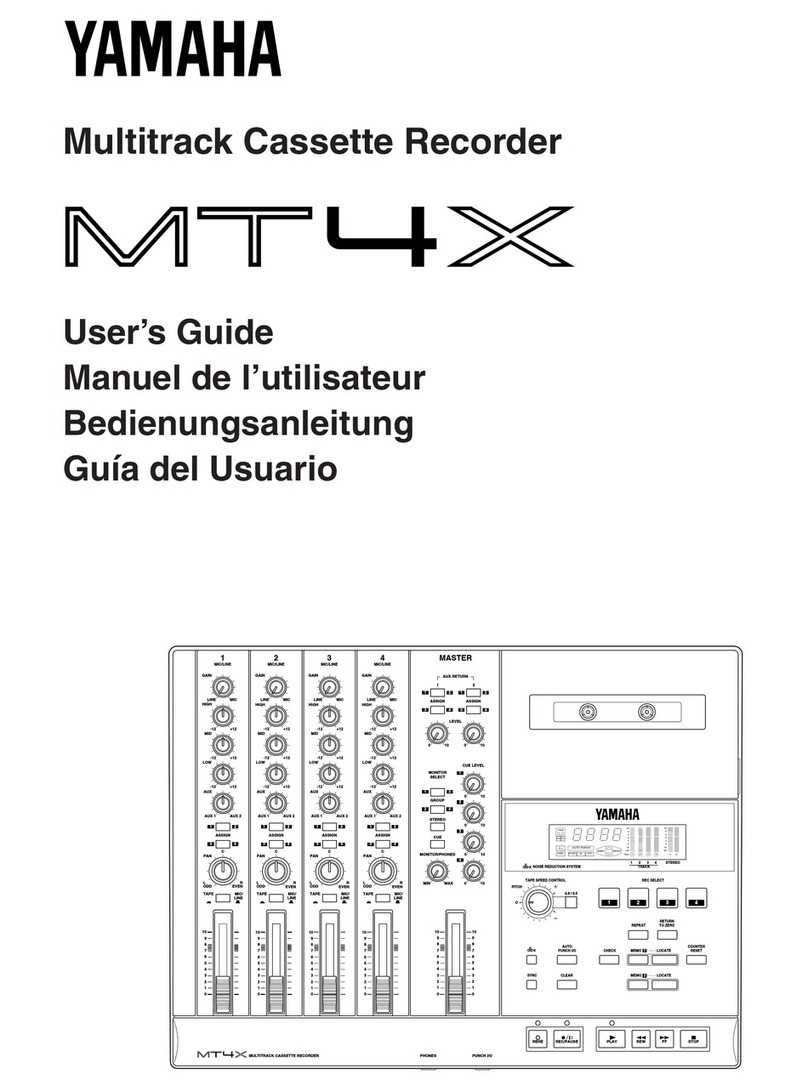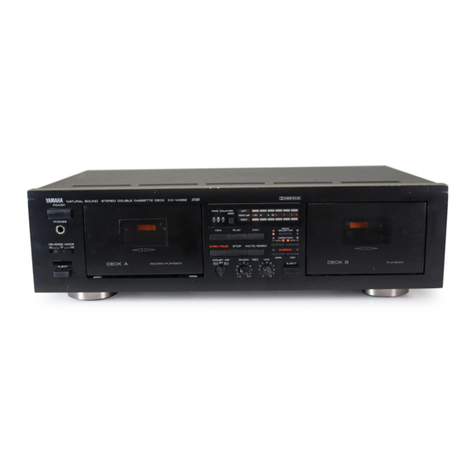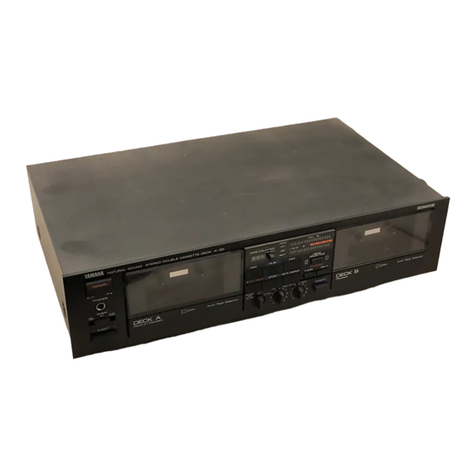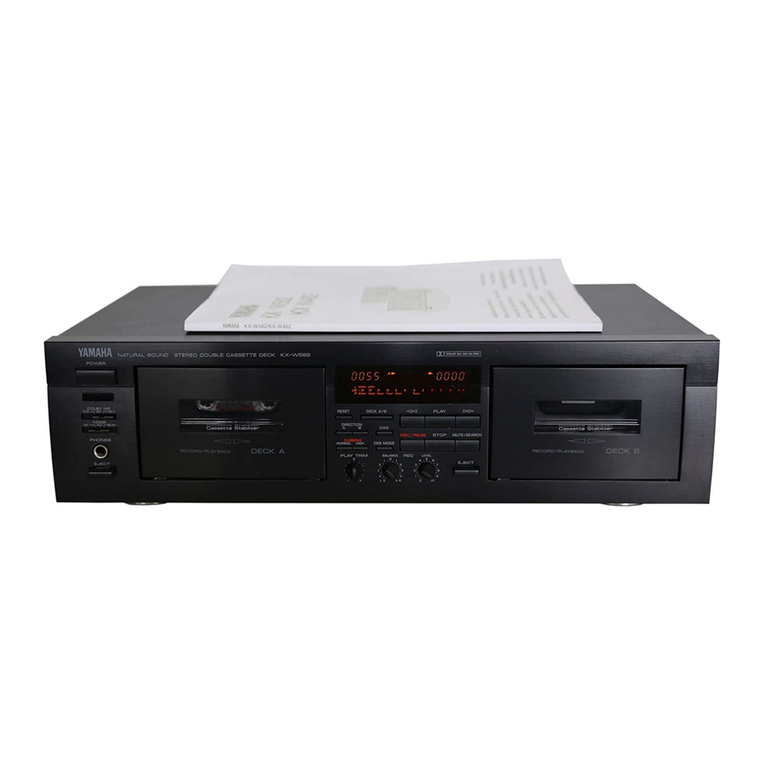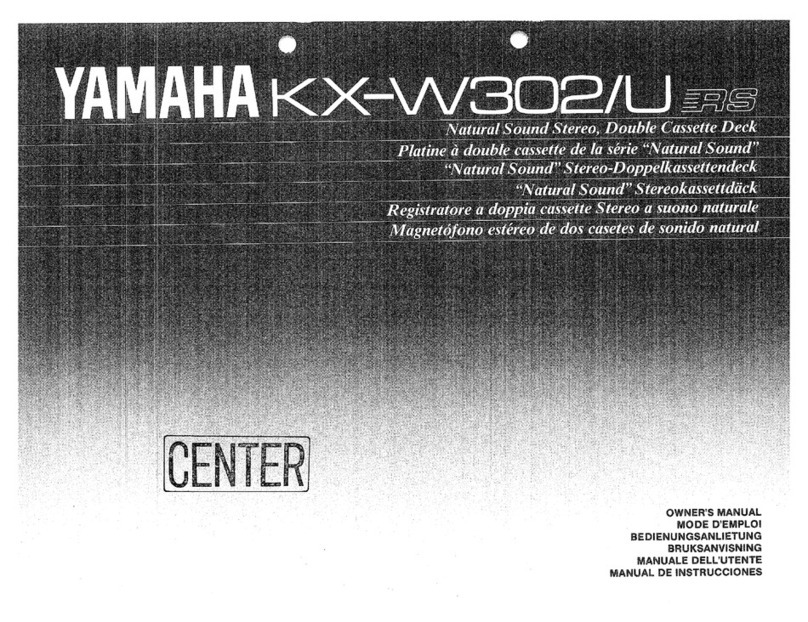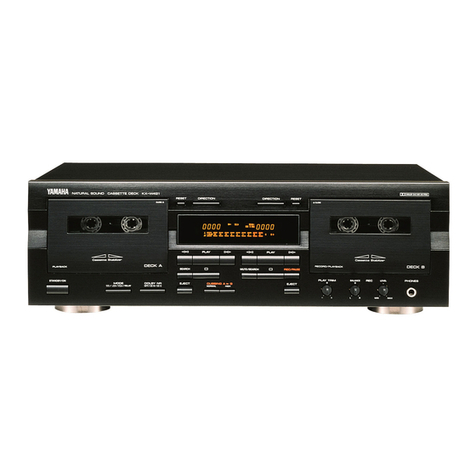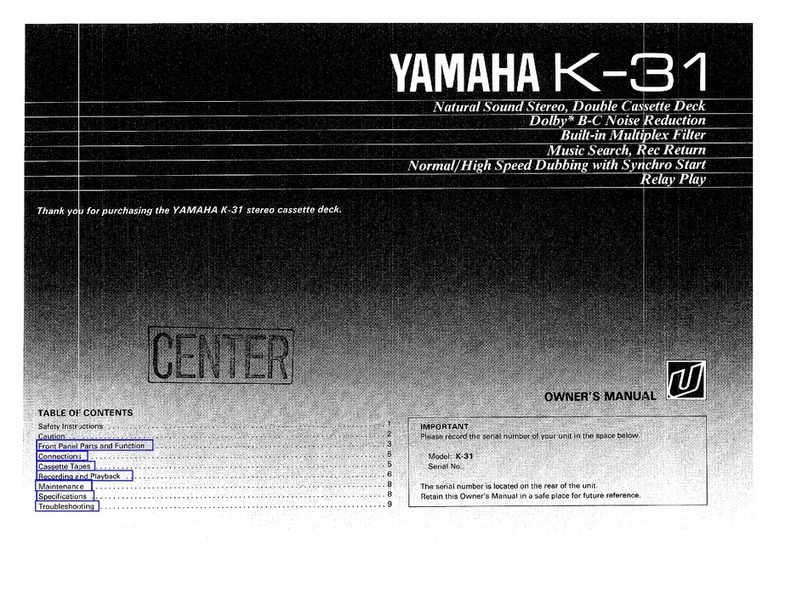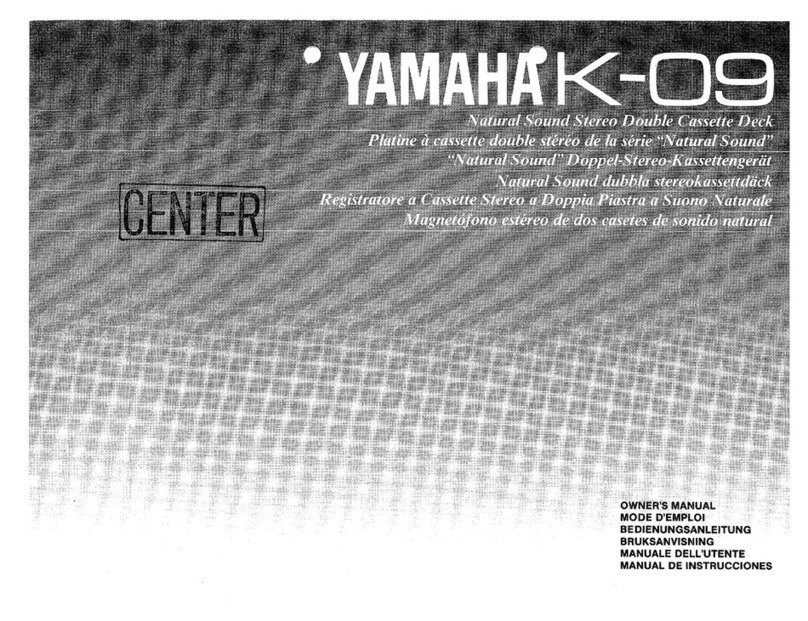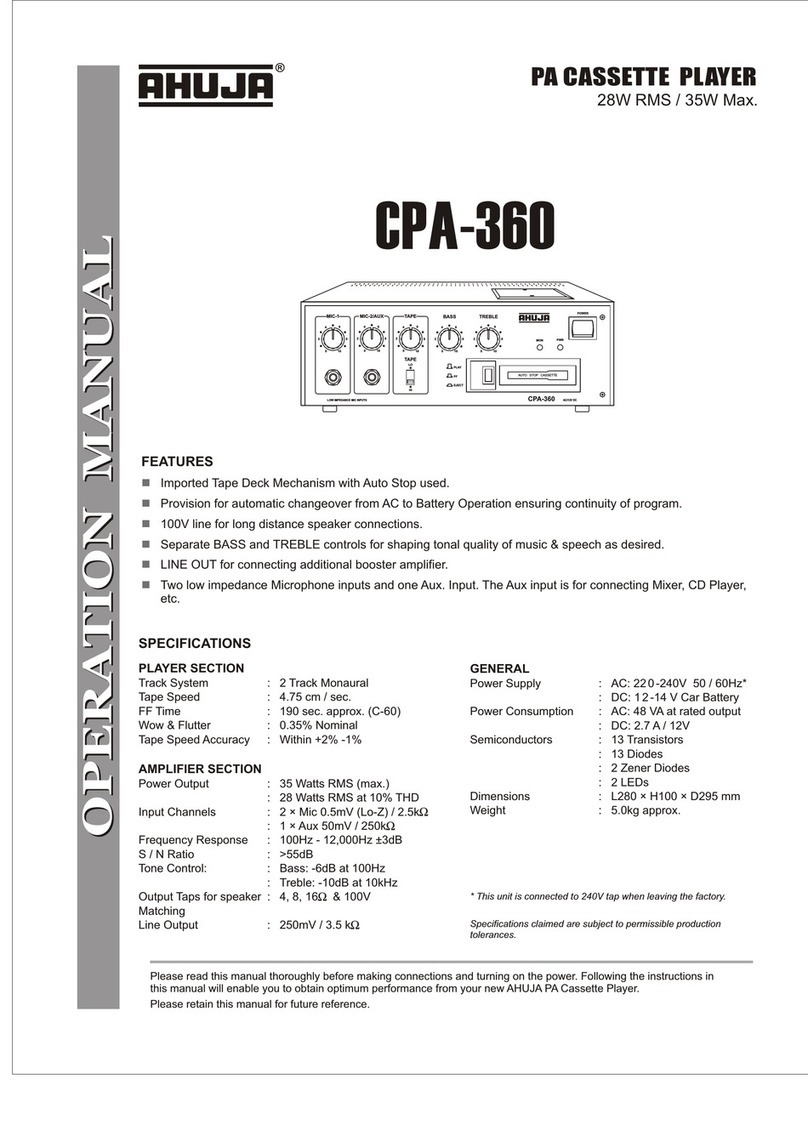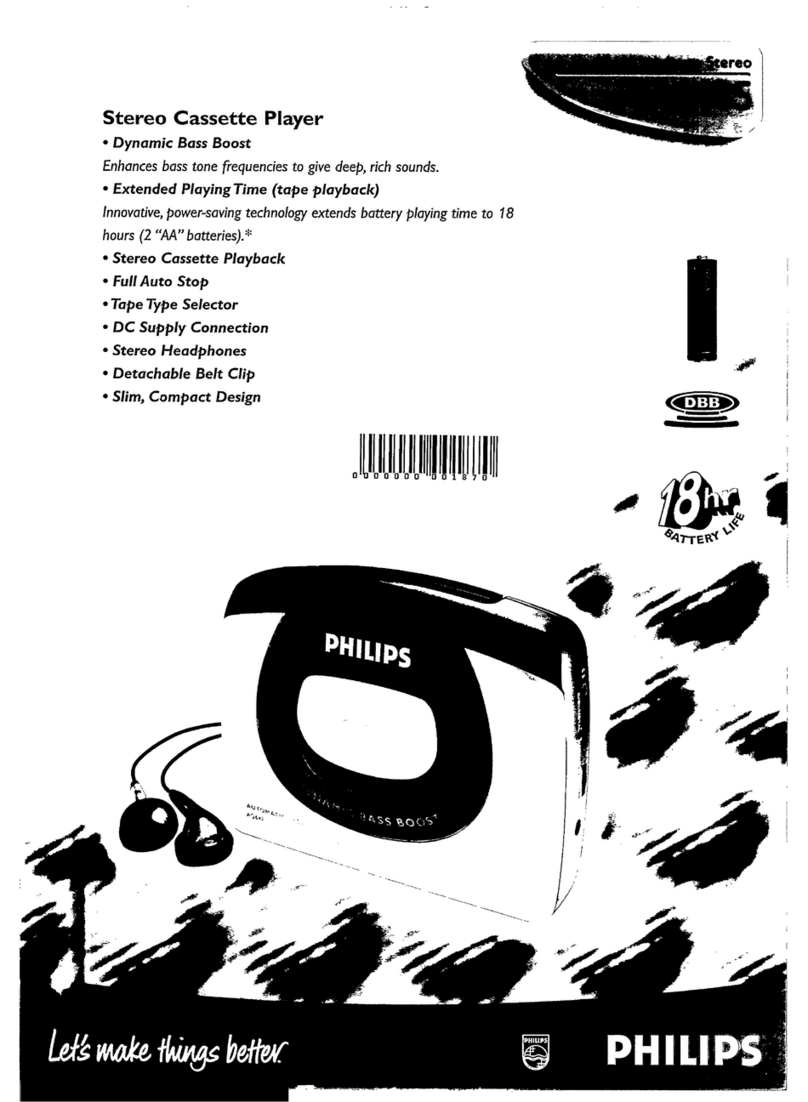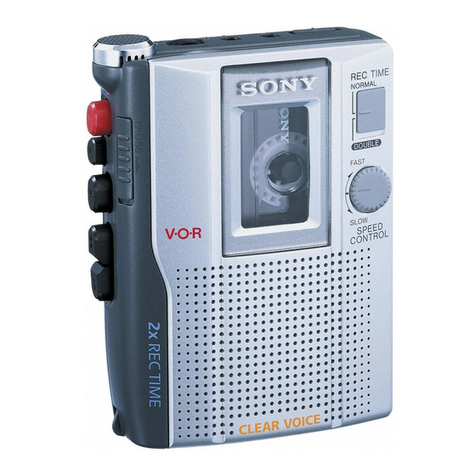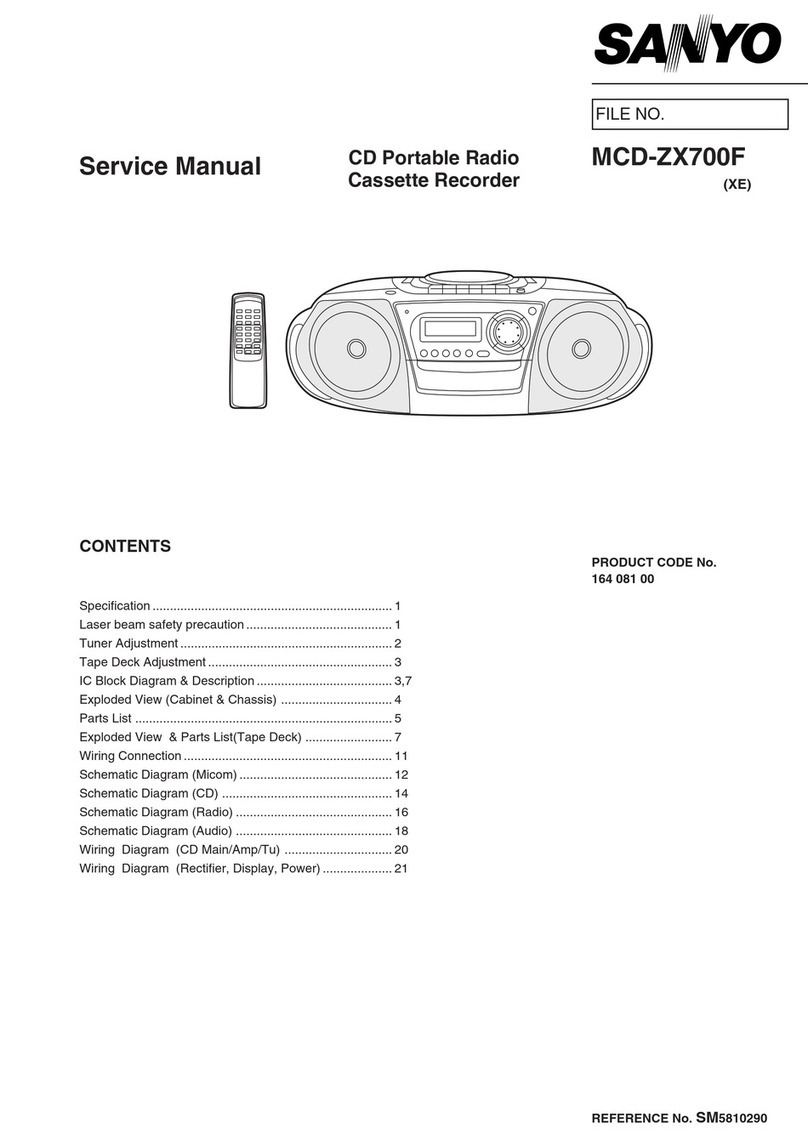
TABLE
OF
CONTENTS
PEA
TURES
ta
sesserecdexersrenevstens
ivateaeeasrian
acemeatanediiceusleaions
3
REC
RETURN
operation
-
To
return
to
the
point
at
which
CONNECTIONS
cisstsstesstsiensesnevensesxcoctnesveteveutederteverevesvanspasiers
3
the
recording
previously
started
..........ccccscseeseceesesseseeees
8
PEAYBAGK.
wisssssusavestaveaxesaccunsan
cesvirncenessvestvanssvemnsunuivascessveosastee
4
CASSETTE
TAPES
vesssssseseasstecczecvaisasecvevanvacasevensisecidessedietssvives
9
SELECTION
SEARCH
-
To
play
back
a
desired
selection
MAINTENANGE.
csecceseservsuscccnaelinivetsasanronuriotvrstsaesttetuessanstices
10
by
searching
for
the
beginning
of
the
selection
...............
5
OPTIONAL
REMOTE
CONTROL
TRANSMITTER
..........00005
10
INTRO
SCAN
-
To
play
back
the
beginning
of
each
TROUBLESHOOTING)
.scssssrsctssevsaissesnscassssesesarsesansssssaereansees
11
SEIECHON
AULOMALICAY
scvsesisseassesevesssessacssveassasseraiscvsssaassose
6
SPECIFICATIONS
sscesssesssosnisstonsccsersosaspusisccducssavssathvecaszersts
12
RECORDING
asccvanctestercvnr
dectawroescsenateeesiessixsstiaw
ieoosttiemainices
7
REC
MUTE
operation
-
Inserting
a
blank
space
during
(OCOLING
io
ccessasevecncedercnssisa
wceanitencusssvayectevesvotitetieoueananenne
8
FEATURES
@
Dolby
HX
Pro
Dynamic
Bias
Servo
@
Play
Trim
Control
for
Improved
Playback
Compatibility
@
Dolby
B/C
Noise
Reduction
with
Other
Decks
@
Fine
Adjustment
of
Recording
Bias
with
Bias
Adjust
@
Selection
Search
and
Bi-Directional
Intro
Scan
Control
@
Recording
Mute
function
CONNECTIONS
e
To
an
AC
outlet
REAR
PANEL
CONNECTIONS
Make
sure
that
power
to
both
the
deck
and
your
amplifier/receiver
are
turned
off
before
making
any
connections.
@
The
White
plug
on
the
paired
connecting
cables
corresponds
to
the
Left
channel
and
the
Red
plug
corresponds
to
the
Right
channel.
Make
sure
that
the
left
and
right
channel
connections
are
properly
made,
and
that
the
plugs
are
inserted
firmly.
e@
The
LINE
OUT/PLAY
jacks
on
the
deck
should
be
connected
to
the
Tape
PB
(Playback/
Input)
jacks
on
your
amplifier/receiver,
and
the
LINE
IN/REC
jacks
on
the
deck
should
be
connected
to
the
Rec
Out
(Rec/Output)
jacks
on
your
amplifier/receiver.
@
Connect
the
power
cord
to
an
AC
wall
outlet
or
to
an
AC
outlet
on
the
rear
panel
of
your
amplifier/receiver
(if
provided).
Amplifier
or
receiver
